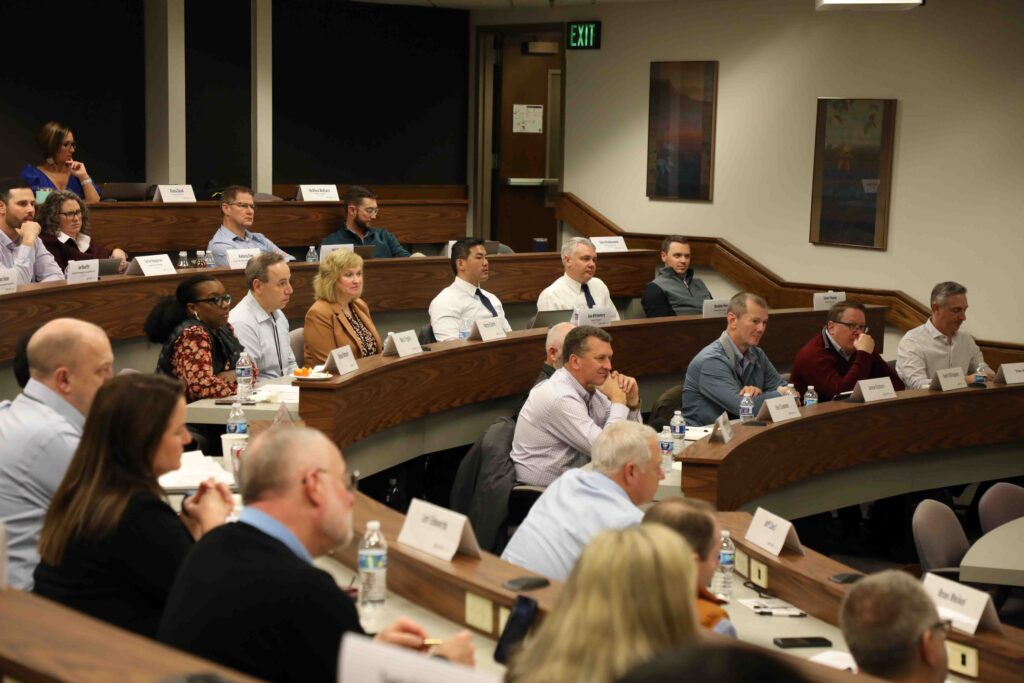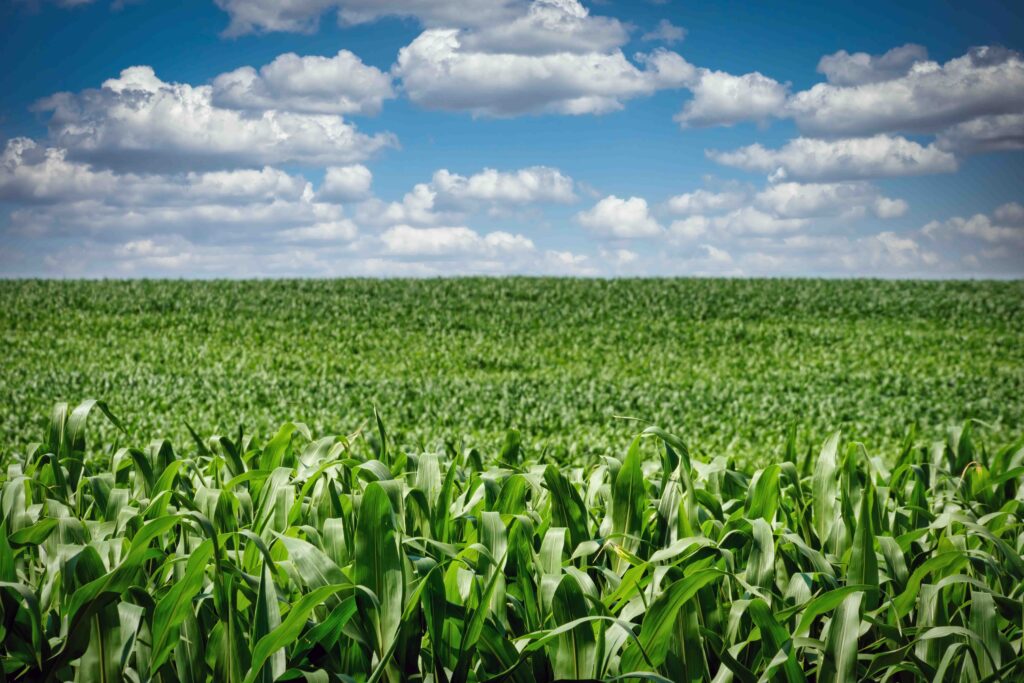Reviewer
Dr. Jay Akridge, Trustee Chair in Teaching and Learning Excellence and Professor, Purdue University
Article
How to succeed in an era of volatility by Dunigan O’Keeffe, Karen Harris, and Austin Kimson
Source
How to Succeed in an Era of Volatility, Dunigan O’Keeffe, Karen Harris, and Austin Kimson, Harvard Business Review, March-April 2024, Reprint S24023.
Summary
Many/most business leaders would characterize the operating environment of the last three decades as dynamic, volatile, and highly uncertain, among other words/phrases describing a period of enormous change. However, O’Keeffe, Harris, and Kimson argue persuasively that this period will appear relatively calm compared to what is coming. They contend that the past 30 years have seen a remarkable period of ‘macrostability’, “characterized by largely peaceful geopolitics, generally falling interest rates, expanding credit markets, and moderate inflation”. Key trends over this period include globalization, declining cost of distance, labor superabundance, and technology-driven innovation. Companies thrived adapting to these trends in a relatively stable macroenvironment, embracing mantras such as “move fast” and “adapt or die” – creating enormous value in the process. However, the authors argue the days of macrostability are over, and the coming years will bring a time of “post-globalization, capital rationalization, spatial dispersion, shrinking labor pools, and dependence on automation” (and toss in the fight against inflation, climate change, AI, an emerging Cold War,…).
This new macroenvironment demands a different way of thinking: it will take more than being adaptable to survive and thrive. Beyond simply adapting to key emerging trends, the dramatic increase in uncertainty and volatility in the future business environment will require that successful firms also build or further develop capabilities in resilience and prediction. As a starting point, the authors suggest asking key questions about the bets the firm has made on the future: looking forward, which parts of the business are likely to be growing and profitable, and which parts are in for a rougher ride? Is the firm’s current position aligned with a carefully developed prediction of the future, or has it been “built up over time without intention or focus”? A three-part approach to building or enhancing capabilities in prediction, adaptability, and resilience is outlined.
- Prediction
Prediction is “generating beliefs about the future of your industry with enough precision and conviction to create opportunities for competitive advantage”. This means building robust scenarios and pressure-testing them against their upside opportunities and downside risks. What elements of the future business environment will shape the firm’s success? What are the implications for the firm’s strategic decisions? (For some excellent guidance on how to do this well, see “Bringing True Strategic Foresight Back to Business”, Amy Web, Harvard Business Review, January 12, 2024, Reprint H07ZB4.) - Adaptability
Adaptability is focused on “changing the business faster than competitors are changing”. Obviously, the better the prediction of the future, the more likely such change is to be successful. A key point the article makes is ensuring the firm is paying attention to front-line signals of change. In too many cases, firms are monitoring change at the highest and broadest levels, when in fact, the best competitive and market intelligence can be found with the employees on the ground living the business every day. - Resilience
Resilience means ”surviving shocks better than competitors do”. Resilience demands explicit investments/preparation for shocks/changes that can have a material impact on the business. Again, successful execution relies on having done the work required to develop thoughtful predictions of the future operating environment – and then investing in the appropriate risk management strategies/redundancies required to navigate the identified risks.
The article concludes with a pragmatic list of actions to take: mapping risk exposures (using an agricultural example), developing scenarios, allocating capital to investments that support adaptability and resilience, and tracking signals. This last point seems especially germane as firms work to evolve their view of the future as that future is unfolding.
What does this mean for food and agribusiness?
Given the changes observed in the food and agricultural markets over the last three decades, it is not at all hard to believe the next three decades will be even more dynamic, uncertain, and volatile. Food and agribusiness managers need to think deeply – and honestly – about their capabilities in the three areas highlighted in this article: prediction, adaptability, and resilience. Most food and agribusiness firms will likely argue that if they weren’t adaptable, they would not have survived the last three decades, and that is true. But, how well developed are their predictive capabilities to dig deeply into the forces shaping the future, to frame the future operating environment, to get beyond the incremental change that must be managed every day? What are the possible ‘black swan’ events that must be on the radar? And, how will the insights of front-line employees be tapped for signals to continually reevaluate what is believed to be true about the future? Based on what is known/believed, what steps will be taken to manage downside risks and create the resources needed to capitalize on opportunities? The article makes a compelling case that prediction and resilience are underdeveloped capabilities in firms today. Food and agribusiness managers would be well served to assess whether or not that is true in their organizations. Then, take action as appropriate.





